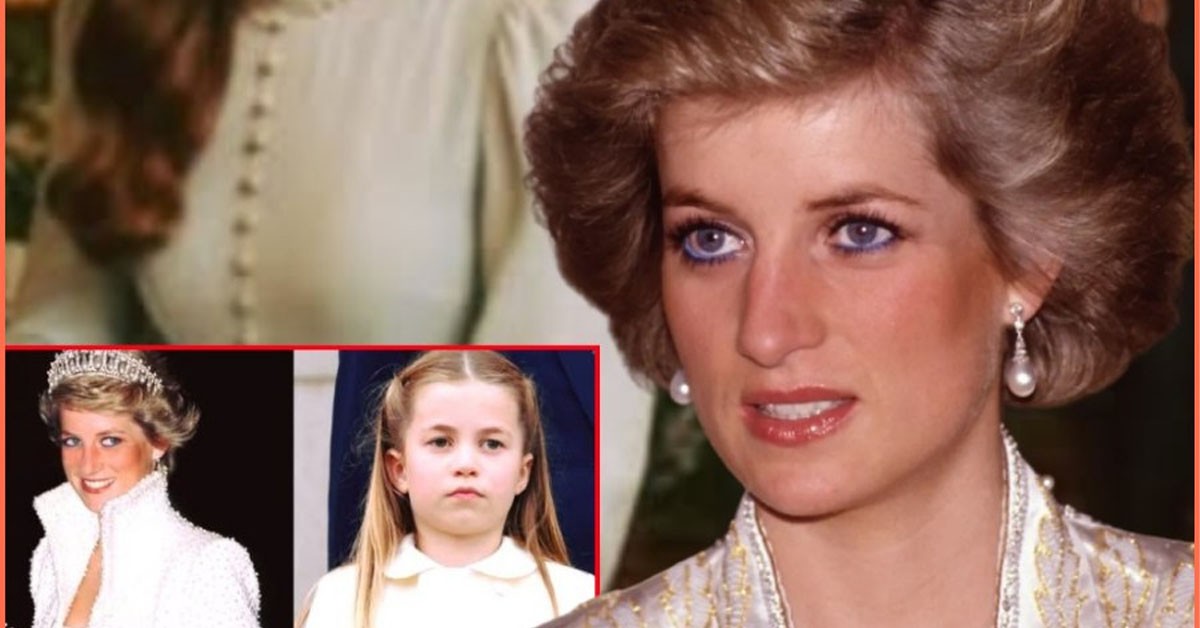
The royal decree, finalized during a private meeting, outlines a new council framework for royal representation. It establishes a streamlined core that includes only four members: King Charles, Princess Anne, Prince William, and Princess Catherine. The exclusion of Queen Camilla is particularly striking, as it represents a departure from traditional roles within the royal family. The decree reflects a strategic effort to redefine the monarchy's public image and operational focus.
The decision to elevate Princess Catherine to the frontline of royal duties comes at a time when the monarchy is under scrutiny and facing challenges in maintaining its relevance. Insiders suggest that this move is not merely about ceremonial roles but is indicative of a broader power struggle within Buckingham Palace. The omission of Queen Camilla's name from the decree has been described as "deliberate and symbolic," hinting at underlying factors that may be affecting the current dynamics of the royal family.

Queen Camilla's removal from the decree raises questions about her future role within the monarchy. Historically, she has been a supportive figure alongside King Charles, but this recent development suggests a shift in her influence. The royal family's public perception may also be affected, as the exclusion can be interpreted in various ways by the public and media. Some view it as a necessary modernization of the monarchy, while others see it as a potential sidelining of a key royal figure.

Princess Catherine's ascension to a more prominent role is seen as a strategic move to bolster the monarchy's appeal. With her strong public image and ability to connect with various demographics, she is poised to take on greater responsibilities. This change may also reflect a desire to present a more relatable and contemporary royal family to the public, as Princess Catherine embodies many values that resonate with modern society

